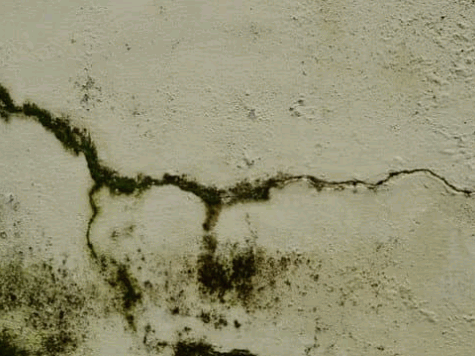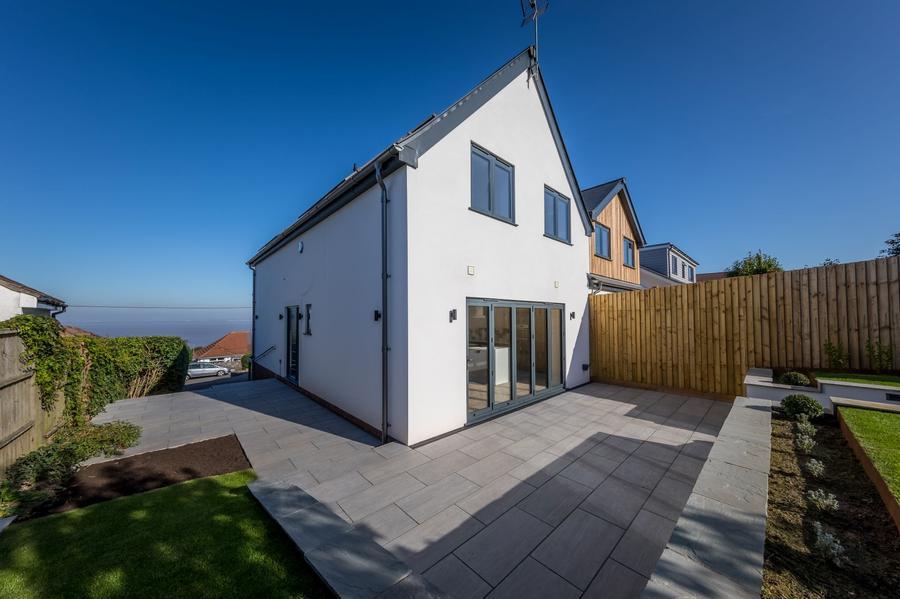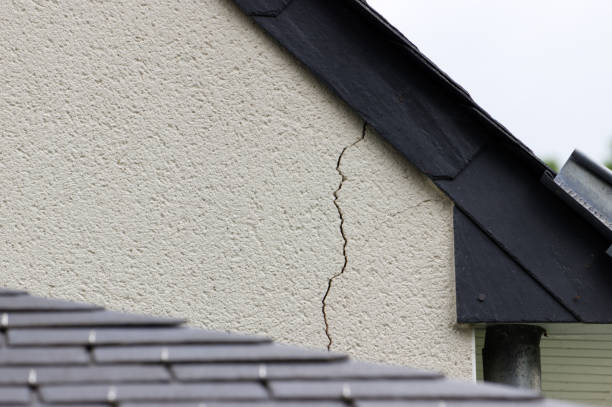Homes and buildings in coastal or high-exposure areas face some of the toughest weather conditions in the UK. Constant wind, driving rain, salt spray, and temperature changes can quickly wear down traditional render finishes if the wrong system is used.
Choosing the right render system for high-exposure environments is essential to ensure long-term durability, water resistance, and a clean appearance. In this guide, we’ll explain the key considerations, best materials, and maintenance tips for exposed locations.

Why Exposure Matters
“High exposure” typically refers to properties that are:
- Near the coast or open countryside
- Exposed to strong winds or driving rain
- Located on hilltops or elevated terrain
These conditions can cause:
- Water penetration and damp
- Surface erosion and staining
- Cracking due to thermal movement
- Algae or salt deposits on render surfaces
A standard sand-and-cement render often struggles in these environments because it’s rigid, less breathable, and prone to hairline cracking. Once moisture enters, damage can escalate quickly.
Key Qualities of a High-Performance Render System
To withstand harsh conditions, a render system should be:
- Water-Repellent – To prevent moisture absorption from wind-driven rain.
- Breathable – To allow trapped internal moisture to escape, preventing damp.
- Flexible – To handle building movement without cracking.
- UV-Stable – To resist colour fading and chalking under intense sunlight.
- Algae-Resistant – Especially in humid coastal climates.

Recommended Render Systems for High-Exposure Locations
1. Silicone Render Systems
- The best all-round option for exposed sites.
- Provides a highly water-repellent yet breathable finish.
- Flexible enough to resist cracking in strong winds or temperature changes.
- Available in a huge range of colours with self-cleaning properties.
- Ideal for coastal homes, high elevations, and areas with heavy rainfall.
2. Mineral Render Systems
- Fast-drying and breathable, suitable for colder or wetter climates.
- Often used as part of an external wall insulation (EWI) system.
- Can be finished with a silicone topcoat for added protection.
3. Acrylic Render Systems
- Very flexible and impact-resistant, ideal for buildings subject to vibration or movement.
- Strong adhesion to various substrates.
- Less breathable than silicone but performs well in windy coastal conditions.
4. Lime Render (for traditional buildings)
- Naturally breathable and flexible.
- Ideal for older solid-wall properties where breathability is essential.
- Should be regularly maintained with limewash for continued weather protection.
Application Best Practices
Even the best render system will only perform well if installed correctly. For high-exposure areas:
- Use reinforcement mesh throughout to prevent cracking.
- Install stop beads and drip beads to control rainwater run-off.
- Seal around windows and doors using flexible silicone mastic.
- Avoid rendering in wet or freezing conditions to prevent early failure.
- Ensure good substrate preparation – a solid, stable base is essential.
Maintenance in Exposed Environments
- Inspect your render annually for cracks or staining.
- Clean surfaces gently with a soft brush and mild detergent.
- Treat algae or mould early using a biocide wash.
- Recoat or refresh top layers every 10–15 years, depending on exposure.
Final Thoughts
In high-exposure areas, using the right render system isn’t optional—it’s essential. A well-specified silicone or mineral-based system will provide long-term protection, resist staining, and maintain its appearance even in the harshest UK weather.
At Complete Render South West Ltd, we specialise in high-performance render systems built to last in coastal and exposed conditions.
If your property faces tough weather, contact our team today for expert advice and a tailored quote on the best render system for your home.




